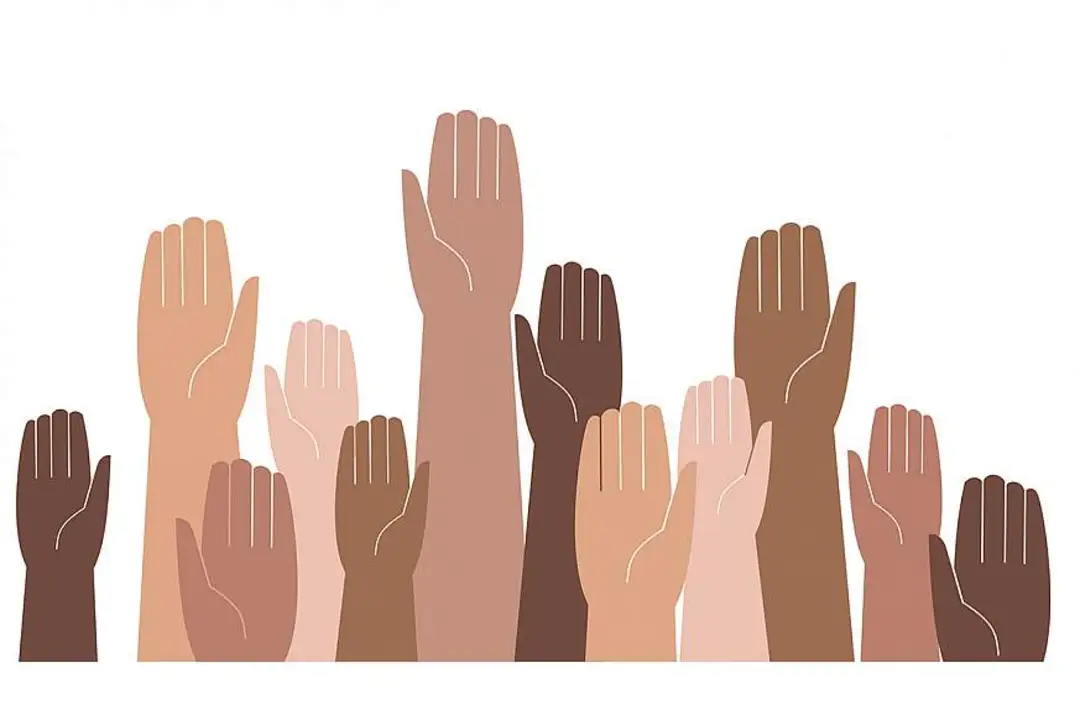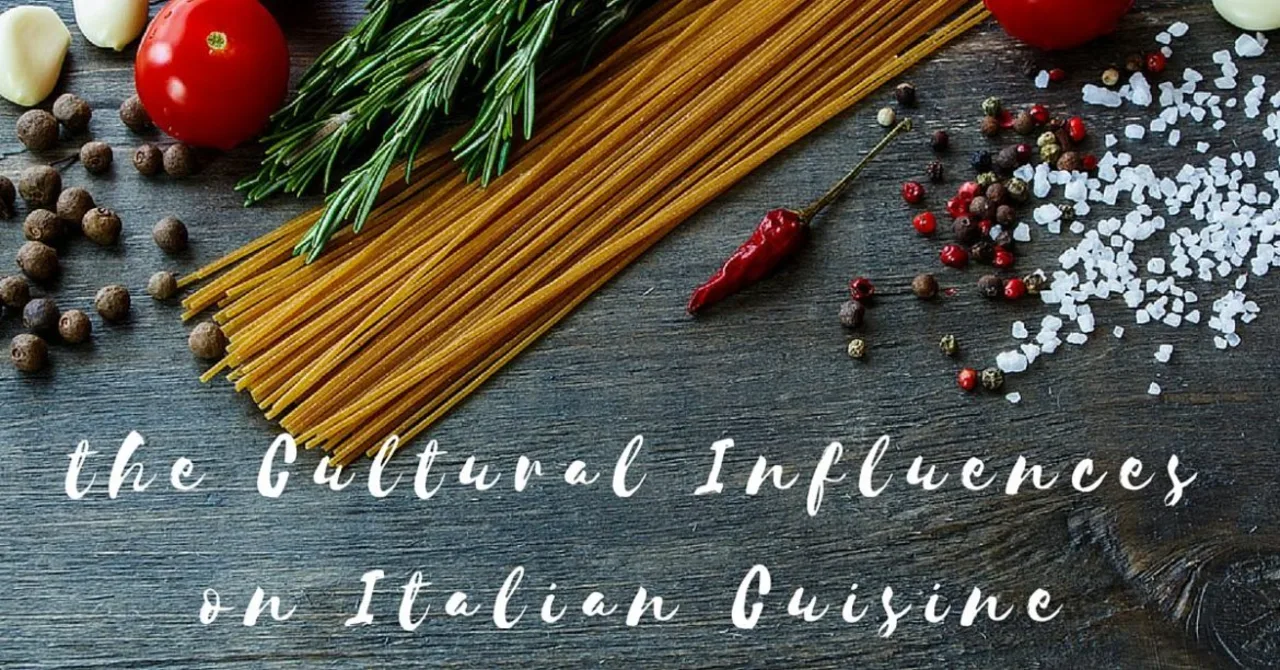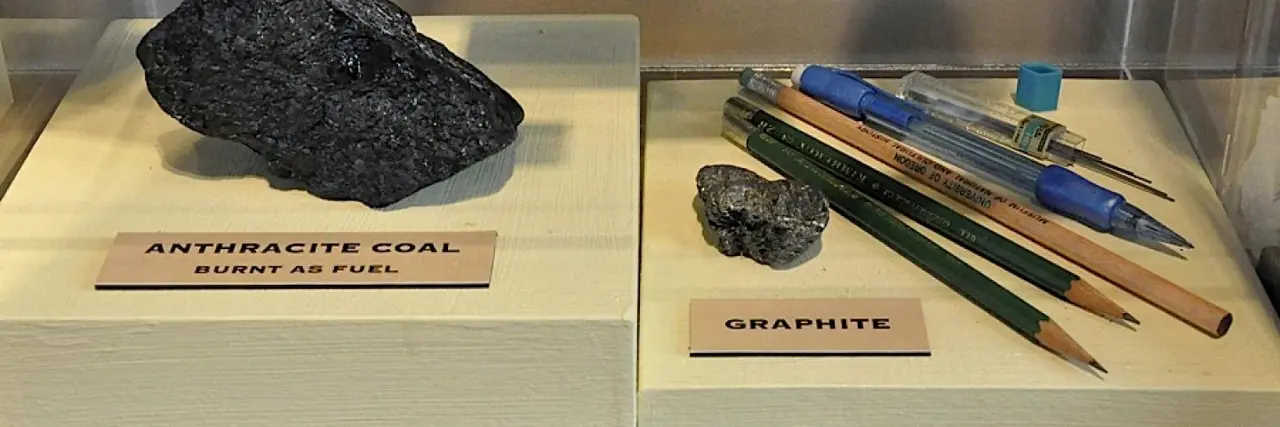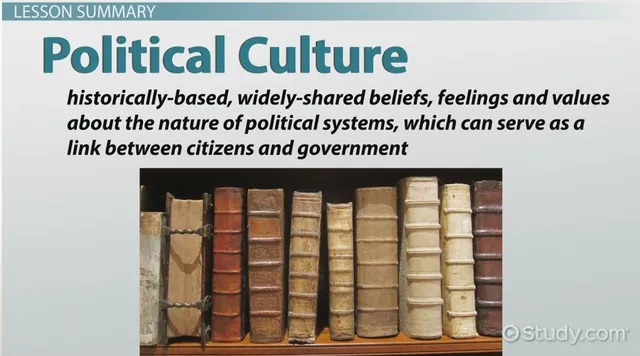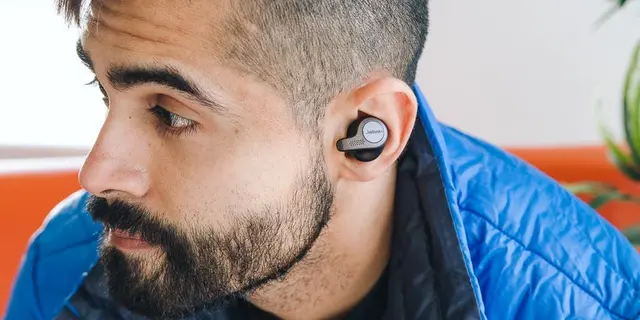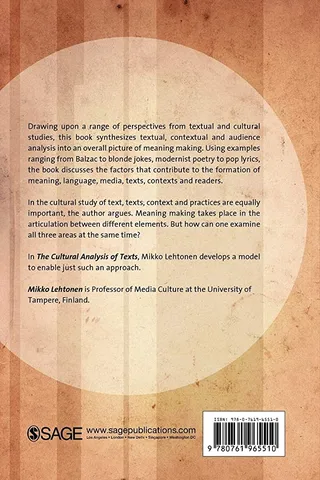What is real culture and its examples?
In my recent exploration of real culture, I came to understand that it refers to the shared customs, values, and beliefs that make up a society's way of life. It's fascinating to see how real culture presents itself in various forms such as language, art, and even the foods we eat. For instance, the Italian culture is known for its delicious pasta dishes and their expressive hand gestures, while the Japanese culture showcases its rich history through traditional tea ceremonies and the art of origami. In essence, real culture is a beautiful tapestry of diverse traditions and practices that define our identities and bring us together as humans. As I continue to learn about different cultures, I'm reminded of the unique and intricate ways we connect with each other, shaping our world one tradition at a time.
What are cultural beliefs and what are some examples?
Cultural beliefs are the ideas, customs, and social behavior of a particular group or society. They are often based on shared understandings, values, and traditions that have been passed down from generation to generation. Examples of cultural beliefs include religious traditions, social norms, taboos, and language. Cultural beliefs can shape how people view the world, and can influence decisions, behaviors, and interactions with others. Cultural beliefs are ever-evolving, and can vary from one group to another.
What are some examples of how we use science every day?
Science plays an important role in our lives, from the food we eat to the products we use every day. From the moment we wake up to the moment we go to sleep, we use science to make our lives easier and more efficient. For instance, when we wake up, we brush our teeth with toothpaste, which is made from chemicals created through science. Throughout the day, we use computers, phones, and other devices, all of which are made possible through advances in science. We use electricity to power our homes, cars, and appliances, and even our food relies on science, as many of the products we buy in stores have been processed, preserved, and created using scientific methods. Science is everywhere, and it is used in almost every aspect of our lives.
